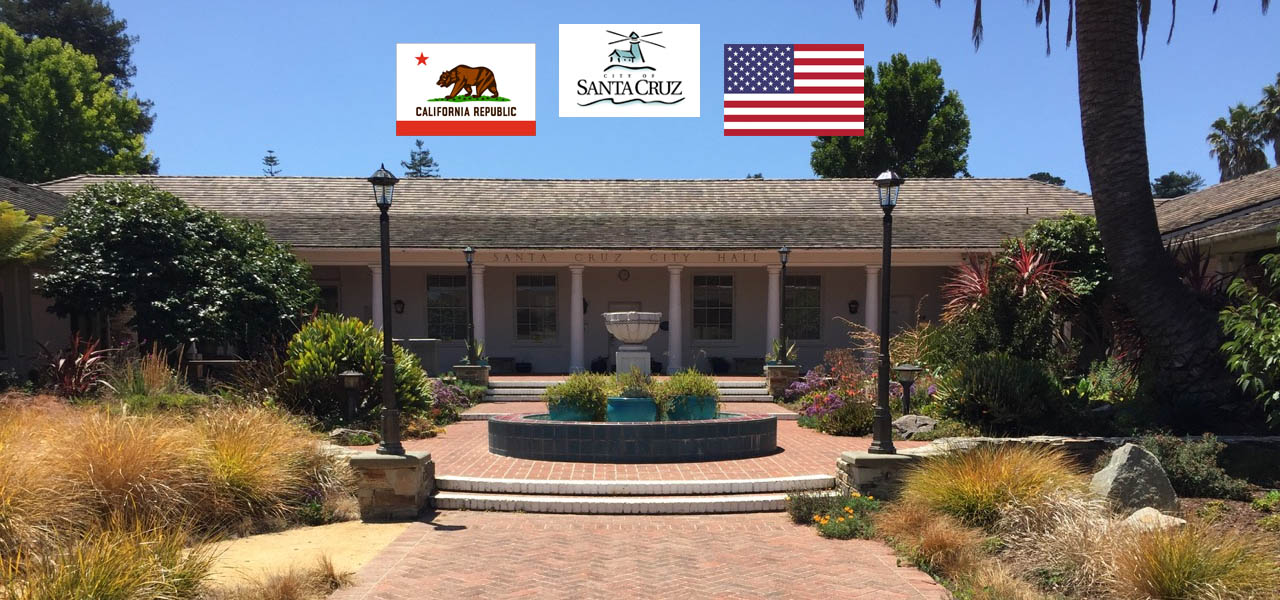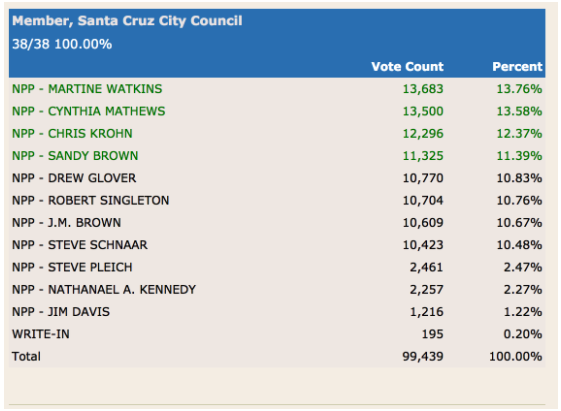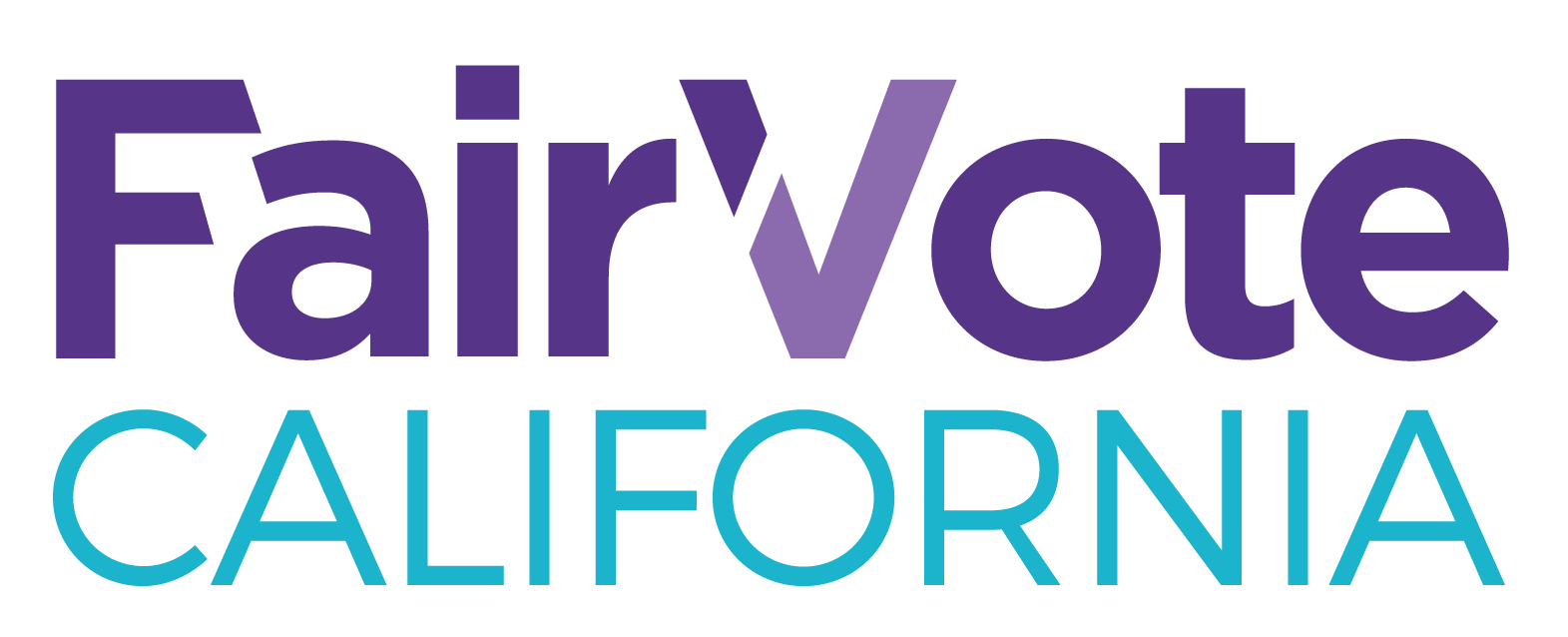
In 2016, election reform went from being a nice idea to an imperative. As a wiry haired genius (Albert Einstein) once said, “doing the same thing over and over again and expecting a different result is the definition of insanity.” If we continue to conduct elections in the same way, we will continue to get the same vicious campaigns and polarized government.
Santa Cruz has risen to the challenge with local advocates vowing to bring ranked choice voting (RCV) to the city. This reform gives voters more choice and greater voice by ranking candidates in order of preference. If your favorite candidate can’t win, your vote counts towards your next choice. This means voters are more likely to end up with someone they support in office.
RCV is crucial at the state and national level in enabling third parties like the Green Party or the Libertarian Party to compete without being spoilers. As it stands today, Gary Johnson and Jill Stein flipped key battleground states for Trump in the 2016 presidential race. Steve Phillips explained in the Nation, “in the critical states that enabled [Clinton’s] Electoral College loss—Michigan, Wisconsin, Pennsylvania, and Florida—the progressive vote splintered, allowing Trump to slip through with less than a majority of the votes in each of those states.” As more and more Californians are registering as no party preference, we must ensure that every vote truly counts in our elections rather than succumbing to the spoiler effect.
But will RCV actually improve local elections in Santa Cruz? The Good Times and Sentinel articles that announced the campaign conspicuously lacked any explanation for why this reform would benefit the city. It’s worth pointing out that Santa Cruz voters already select more than one candidate on their ballot. While it would be nice to support the broader movement, unless the reform makes a substantive difference for our city, it will have trouble getting support from anyone but die-hard idealists. Just look at the way public financing of elections went in 2014: Councilman Terrazas called it “a solution looking for a problem” and the proposal died.
It turns out Santa Cruz does have a problem when it comes to elections: too many competitive candidates and a somewhat polarized electorate. Just look at the results from November 2016. Eight candidates received 10% of the vote or more and the winning candidates had no more than 11-13% of the vote. This was a tight race and yet a shocking 49% of voter preference was wasted because we called it after the first round.

Using RCV, an “instant runoff” would clearly reveal the top four candidates. The threshold to win with four open seats is 20% under RCV. The instant runoff proceeds in rounds. In round 1, the candidate with the fewest votes, the write in candidates, would be eliminated and their votes would be reallocated to their supporters next preference. In round 2, Jim Davis would have been eliminated and his supporters next preference would then get the votes. This would repeat in subsequent rounds until four candidates reached the 20% threshold to win. If a candidate receives more than 20%, extra votes are fairly distributed to voters’ next choice so no vote is wasted.
It’s impossible to predict exactly how RCV would have affected the political outcome of the 2016 Santa Cruz City Council race, but it’s fair to say it would have benefited bridge builders. Santa Cruz holds non-partisan elections without party titles like Democrat and Republican. However, there are sizable blocs of both liberal and moderate voters. RCV won’t change that. It will create opportunities for candidates who can win votes from both groups. This would become especially important in later rounds of elimination. Winning candidates would be the ones who received second or third choice votes from both liberal and moderate voters. This is consistent with research by FairVote that shows ranked choice voting leads to more civil campaigning because candidates are asking for a voters’ backup choices, not just their first choice.
Santa Cruz politics is prone to divisive rhetoric. RCV would force candidates to start building bridges in-order to get elected, not once they get elected. This will ultimately lead to candidates who are more prepared to govern.
If and when the people of Santa Cruz decide on ranked choice voting, the country will be watching. However, we should implement this reform because it would more accurately represent voter preference, promote bridge-building, and eliminate vote splitting. It would improve Santa Cruz City government. Setting an example for the rest of the state and the country is a nice afterthought.
If you support RCV for the City of Santa Cruz sign the petition today.
|
About the Author: Manu Koenig is a Santa Cruz entrepreneur and political activist. He Co-Founded Civinomics with Robert Singleton in 2011 and was a founding board member of tech education non-profit Digital NEST. He is a volunteer digital content manager with FairVote CA. He attended Stanford University and Mount Madonna School and is a native of Santa Cruz County. Follow him on Twitter. |

Be the first to comment
Sign in with
Facebook Twitter